Using Model Selection and Model Averaging to Predict the Response of Chinook Salmon to Dam Removal. Review Draft.
Title: Using Model Selection and Model Averaging to Predict the Response of Chinook Salmon to Dam Removal. Review Draft.
Category: Technical Report
File: Lindley_2011_0060_Using-model-selection-model-ave-to-predict-salmon-1.pdf
Updated Date: 09.01.2017
Author(s)/Source(s): Steven T. Lindley, Holly Davis
Publication Date: 2011-May-16
Focal Topic: Dam Removal, Salmon
Location: Klamath Basin
Watershed Code: 180102
Removal of four dams from the mainstem Klamath River depends on a cost-benefit analysis that includes expected benefits to fisheries. We predict expected escapement of Chinook salmon to watersheds above Iron Gate Dam using a log-linear modeling approach. Data from 77 populations of Chinook salmon in Washington, Idaho, Oregon, and California are assembled, including average escapement and measures of habitat quantity and quality. Nonmetric multidimensional scaling is used to reveal that adult run timing is related to environmental characteristics of watersheds and show that watersheds above Iron Gate are more similar to spring-run Chinook salmon-bearing watersheds than they are to fall-run Chinook salmon-bearing watersheds. We use model selection and averaging and bootstrap resampling to predict escapement to watersheds above Iron Gate. Models based on spring-run Chinook salmon data only predict escapement of about 3090 spawners per year (90% confidence interval 1420–25,300) to the upper basin, while models based on the complete dataset predict 3660 (2420–5510) spawners per year.
Keyword Tags:dam removal, anadromy, chinook
